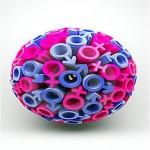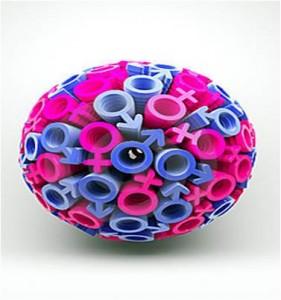A mathematical model of the current knowledge about the efficacy of various HIV prevention strategies was calculated to determine the risk of HIV transmission between male-male and male-female serodiscordant couples, over a one and ten year period. With the intention to analyze how risk accumulates rather than the current information that is based only on data from a single sexual act. The study assumed the following reductions in transmission: 80% from consistent condom use; 54% from circumcision in the negative male partner of a heterosexual couple; 73% from circumcision in the negative partner of a male-male couple; 71% from preexposure prophylaxis (PrEP) in heterosexual couples; 44% from PrEP in male-male couples; and 96% from antiretroviral therapy (ART) use by the HIV-infected partner. Based on these assumptions the study found that the use of a single intervention resulted in an increased risk of HIV transmission, thus showing that single strategies do not provide sufficient levels of protection over an extended time. Including ART, which was the most effective single strategy. Concluding that long-term transmission probabilities to the negative partner in serodiscordant couples can be high, and that these risks can be substantially reduced with the strategic use of a combination of preventive methods, especially those that include ART.
HIV sexual transmission risk among serodiscordant couples

